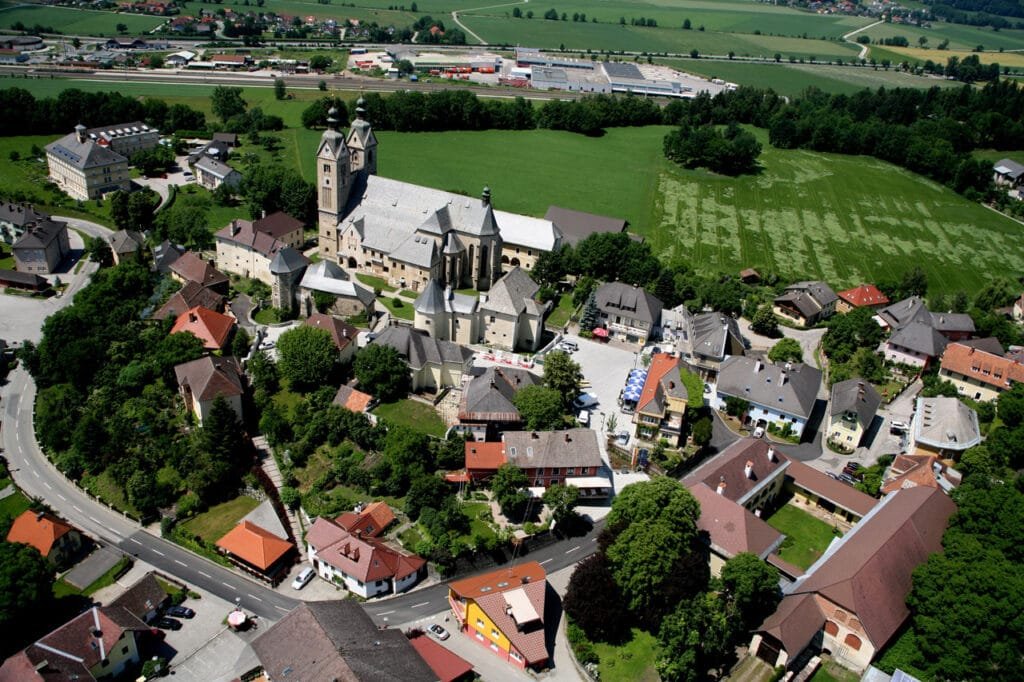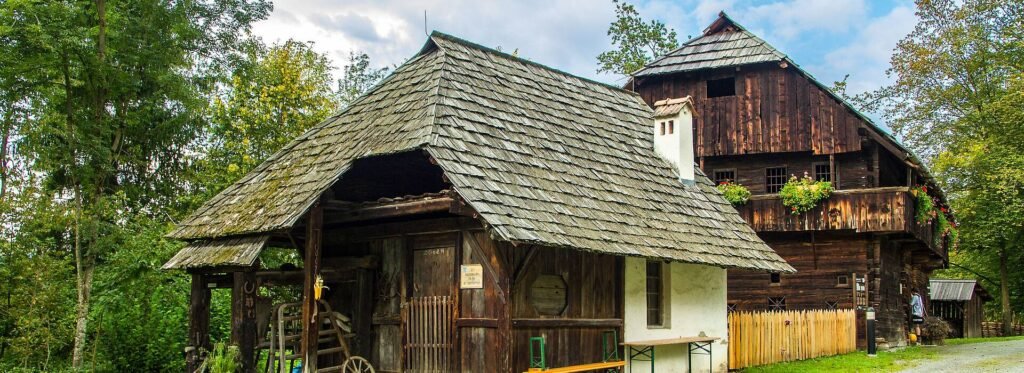Set against the rolling hills of Carinthia, just north of Klagenfurt, the Church of Maria Saal (Maria Saaler Dom) is one of Austria’s most important pilgrimage sites. With a history stretching back over a millennium, this striking Gothic church combines religious significance, cultural heritage, and breathtaking architecture. Whether you are a history enthusiast, a spiritual traveler, or simply a lover of art and architecture, the Church of Maria Saal is a destination that leaves a lasting impression.
A Millennium of History
The roots of the Church of Maria Saal go back to the 8th century, when Bishop Modestus, often referred to as the “Apostle of Carinthia,” established one of the region’s first Christian churches on this site. This early church played a central role in spreading Christianity throughout Carinthia.
The current Gothic-style church, however, dates largely from the 15th century, with its soaring spires, ribbed vaults, and grand interiors reflecting the architectural mastery of the period. Over the centuries, Maria Saal became the spiritual heart of Carinthia and a symbol of the region’s Christian heritage.

Pilgrimage and Religious Significance
The Church of Maria Saal has long been a key pilgrimage site. Pilgrims from all over Austria and neighboring countries travel here to honor the Virgin Mary, to whom the church is dedicated. Inside, visitors encounter sacred relics, centuries-old statues, and intricate altars that highlight the church’s deep spiritual importance.
One of the most revered features is the main altar, adorned with Gothic sculptures and paintings depicting biblical scenes. The atmosphere inside the church—enhanced by sunlight streaming through stained-glass windows—creates a space of peace, reflection, and devotion.
Architectural Beauty
From the outside, the Church of Maria Saal impresses with its twin towers, elegant façade, and commanding hilltop location overlooking the valley. It is often referred to as the “Cathedral of Carinthia”, even though it has never officially held cathedral status.
The interior is equally magnificent, with vaulted ceilings, Gothic stonework, and a wealth of religious art. Frescoes and statues from different periods illustrate the church’s long history, blending medieval craftsmanship with later baroque influences. The harmony of these elements makes the church one of Austria’s finest examples of sacred architecture.

Cultural Importance
Beyond its religious role, the Church of Maria Saal has been central to Carinthian culture and identity. For centuries, it was the site where new rulers of Carinthia were installed in office after traditional ceremonies at the nearby Duke’s Stone. This unique blend of Christian and regional traditions highlights the church’s dual role as both a spiritual and cultural landmark.
The church is also a popular venue for concerts and choral performances, with its acoustics providing a remarkable setting for sacred and classical music.
Visiting the Church of Maria Saal
Location: About 10 kilometers from Klagenfurt, easily accessible by car or public transport.
Best Time to Visit: Open year-round, but spring and summer bring particularly beautiful surroundings with blooming landscapes.
Highlights: The Gothic main altar, the richly decorated chapels, the carved choir stalls, and the peaceful cemetery surrounding the church.
Nearby Attractions: The Duke’s Stone (Kärntner Herzogsstuhl), Magdalensberg archaeological site, and Lake Wörthersee.
Visitors are welcome to attend regular services, join guided tours, or simply enjoy the tranquil atmosphere. For photographers, the church’s hilltop location offers stunning panoramic views of Carinthia.
Conclusion
The Church of Maria Saal is far more than a place of worship—it is a cornerstone of Carinthia’s history, faith, and cultural identity. From its ancient origins as a missionary church to its role as a pilgrimage destination and cultural monument, it has shaped the spiritual landscape of the region for centuries. Whether you come to admire its Gothic architecture, to learn about Carinthia’s traditions, or to seek a quiet moment of reflection, Maria Saal offers an experience that beautifully bridges the past and present.





















